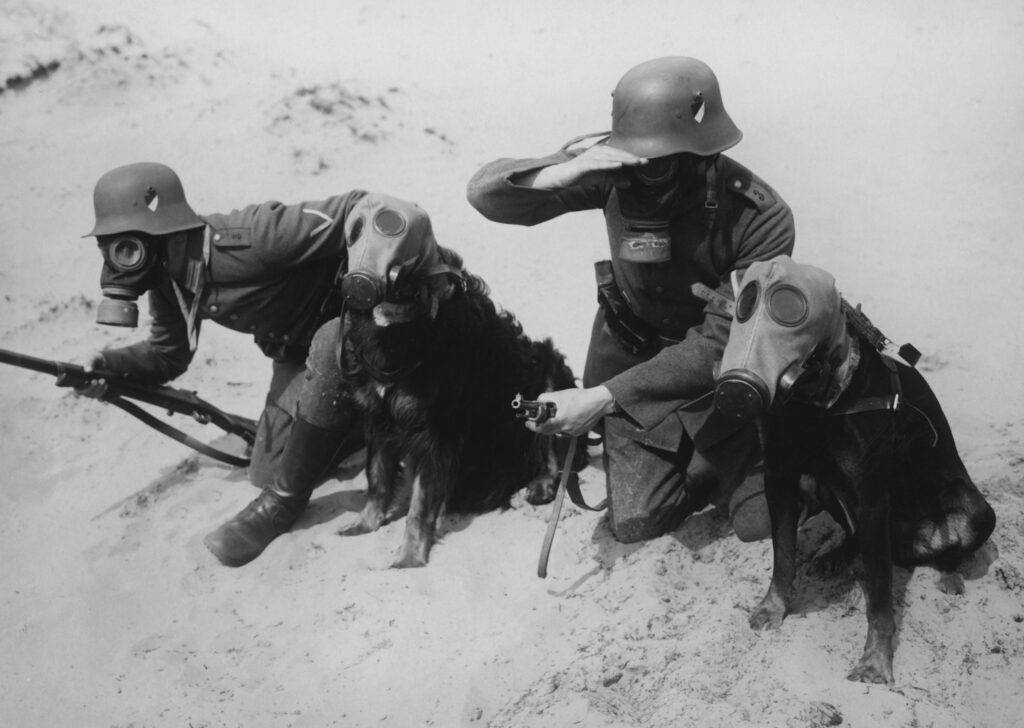Since 1839, observed Susan Sontag in On Photography, “just about everything has been photographed, or so it seems.” She added that the “insatiability of the photographing eye” has taught us a new visual code, altering and enlarging “our notions of what is worth looking at and what we have a right to observe.” For her, as for many others, “to collect photographs is to collect the world.” These are significant ideas to keep in mind while leafing through Facing Black Star, a selection of black and white images drawn from a massive collection assembled over the course of eighty years.
But first things first: the founders of the agency that sold these photos named their company after the star in sets of printers’ type, hoping it would become an identifiable symbol. What is now known as the Black Star Collection consists of 291,049 photographic prints, including “iconic images of 20th-century events and individuals,” that are housed at the Image Centre at Toronto Metropolitan University. In 2005, the university acquired the collection, adding to an existing archive of some 3,100 objects, and was able to build the gallery with the help of an anonymous $7‑million donation.
The publisher Ernst Mayer, the illustrator Kurt Safranski, and the literary agent Kurt Kornfeld — all Jewish émigrés who fled the Nazis — started the Black Star Agency in New York in the mid-1930s. In doing so, they “bridged the old continent and the new, sharing their expertise in visual news and their network of European photographers with American press barons such as William Hearst, Henry Luce, and Condé Nast.” Well into the 1970s, magazines such as Look and Life regularly featured Black Star’s photos, without questioning the role they often played in the dissemination of Nazi propaganda and Eurocentric stereotypes about marginalized groups and cultures. Ironically, as the art historian Nadya Bair asserts in one of this book’s dozen essays, Black Star maintained its ties to an “ ‘Aryanized’ publishing industry.” On February 17, 1936, for example, Time featured “Hitler’s Leni Riefenstahl” on its cover, tied to a story about the Winter Olympics in Garmisch-Partenkirchen, Germany; Adolf Hitler himself would appear on the front of the April 13 edition. Eight months later, Life packed thirty Black Star photos into a visual survey that tracked the Führer’s consolidation of power. “Multiple picture organizations cooperated with Nazi Germany to get photos into the American press,” Bair points out, Black Star among them.
Christian Joschke, a professor at the École des Beaux‑Arts de Paris, argues that Black Star photos fail to “document many aspects of cultural and social life during the Weimar period — nothing about the democratic spirit, the artistic and architectural modernism, the ground-breaking achievements of the social state, the progressive development of sexual life and gender identity in the capital.” By focusing on the Nazis, the training camps, and the war games, parts of the collection present Germany as “a military state that went ‘from one apocalypse to another.’ ” Individual photographs may be quite artful, but, Joschke concludes, “whether we like it or not, and whether the pictures were used individually rather than printed as series, they still belong to a selective view of German history that was shaped by Nazi discourse.”

Intentionally or not, the American press regularly disseminated propaganda and stereotypes.
Police dog training in Kummersdorf, 1930s; gelatin silver print; The Black Star Collection; BS.2005.122162
The contributors to Facing Black Star focus on three main themes: a historiographical perspective that revisits “the myths surrounding the images that the founders of the agency brought with them to the United States while fleeing Nazi Germany”; ideological and political biases, particularly in the representation of queer, Indigenous, and Caribbean communities; and methodological challenges. The collection has complicated “subheading architecture,” for instance, as well as “convoluted and intertwined classifications.” While typed or handwritten notations, editorial markings, coffee stains, and traces of Scotch tape on their versos can “bear witness to different points in their histories,” many of these artifacts are simply blank on the back, “leaving researchers without a clue about their role and their use by the agency.”
“Despite the access to the prints and their associated ephemera,” Thierry Gervais and Vincent Lavoie write in their introduction, “it remains difficult to determine the public dissemination of the images and how they circulated.” As the archive has changed hands over the years, certain “business aspects” of the agency have been lost. “What part of its business represented sales of news photographs to magazines as compared to illustrations for textbooks and company annual reports?” they ask. “Was there a difference in price between photographs taken by a well-known photographer such as Robert Capa and those by Werner Wolff? What subjects sold the most?”
Without answers to such questions, Facing Black Star is dominated by inventories and statistics, reflections on curation, and preoccupations with “the modalities of invisibilization, conscious or unconscious.” The editors don’t see any of this as a drawback, however. They propose that the collection’s strength is “its ability to undermine certainties and shake up research habits.” I’d argue that research habits are but a part of the story that needs telling here. Indeed, this volume would have benefited from more sophisticated intellectual engagement with semiotics, with signs and symbols — through the work of Susan Sontag or Roland Barthes, perhaps, who are both mentioned but only in passing.
Keith Garebian has published thirty books and five chapbooks, including the poetry collections Three-Way Renegade and, most recently, Stay.

